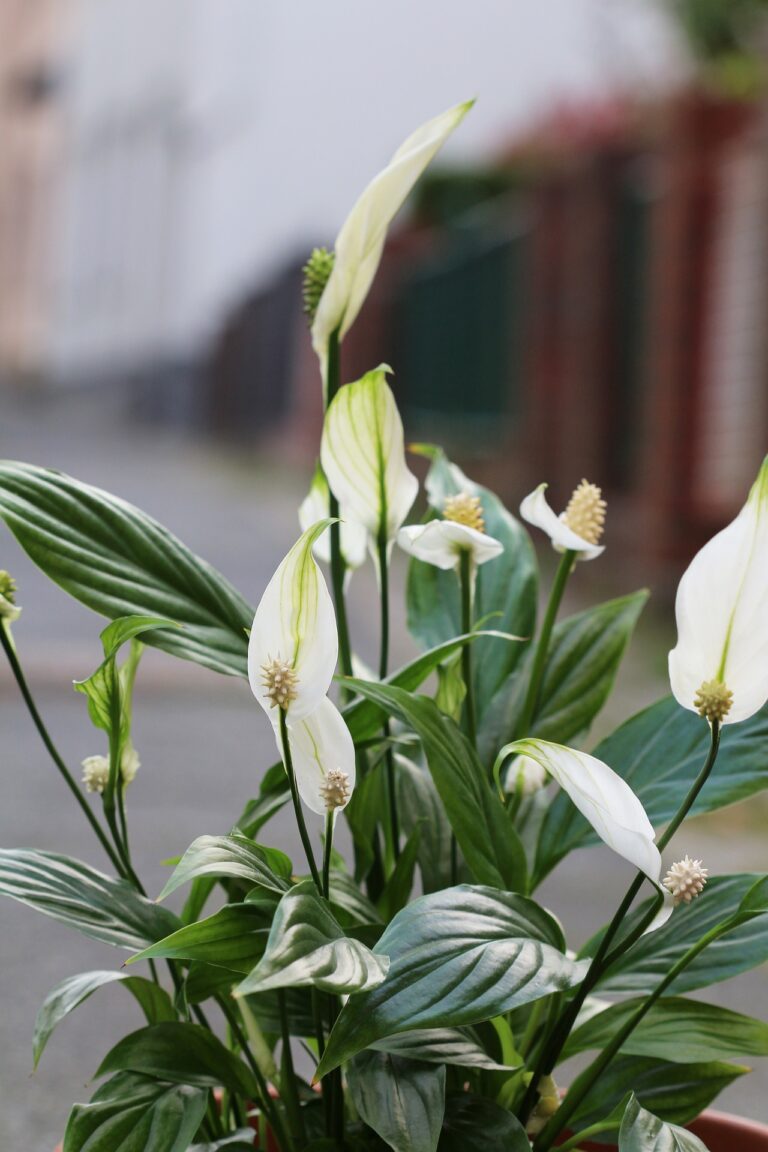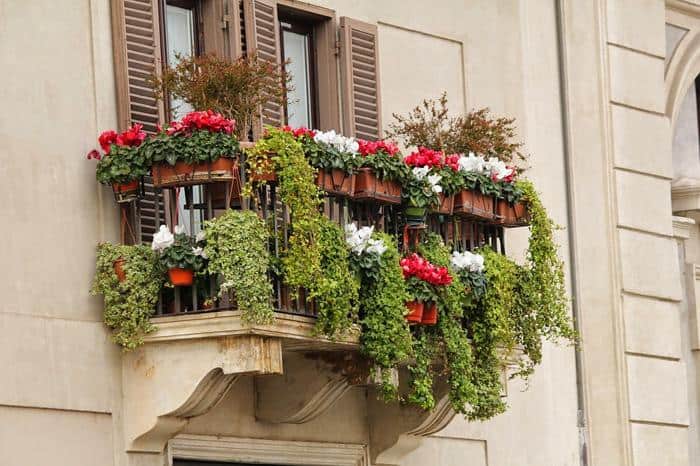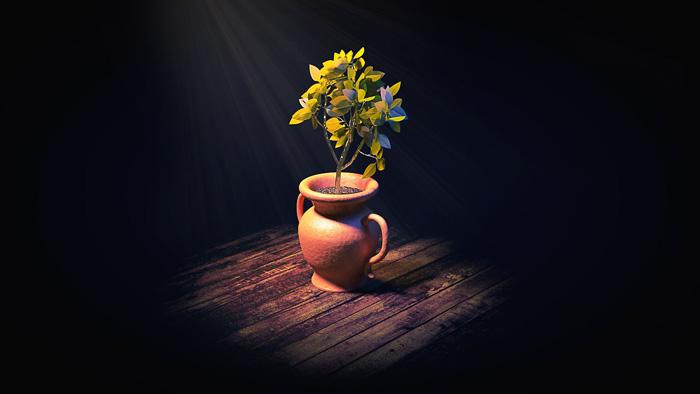A Comprehensive Guide to the Pilea Cadierei (Aluminum Plant)
Like its name suggests, the aluminum plant looks like a plant that came straight out of a science fiction novel. Its leaves bear distinctive silver markings that make it seem almost as if the plant is partially made of metal. With just a little bit of love and the right growing conditions, this tropical plant can live for years and add a unique flare to your home. The plant goes well with almost any decor solution, thriving in pots, terrariums, hanging baskets and more.
About the Aluminum Plant
Native to rainforests of China and Vietnam, Pilea cadierei is a perennial that lives for up to four years at a time. It grows well indoors, making it a popular potted plant amongst homeowners across America.
Pilea cadierei is more commonly known as the aluminum plant or watermelon pilea due to its distinctive, almost metallic appearance. This fast-growing evergreen plant branches out in an umbrella-liken pattern, boasting broad leaves with beautiful silver markings. Each leaf is decorated with its own unique pattern, making the entire plant a true work of art.
The aluminum plant doesn’t flower often, especially when kept indoors. It produces small, plain white blossoms that appear in the summertime and aren’t nearly as attractive as the plant’s leaves. Most gardeners choose to nip young flowers in the bud so that their plant doesn’t waste energy on reproductive efforts. That way, it’ll live longer and produce healthier, more vibrant foliage.
Growing an Aluminum Plant
It’s easy to grow Pilea cadierei from either a young plant purchased at a nursery or from a cutting taken from a mature plant. The right pot and a carefully crafted potting mixture are the foundations of growing a healthy aluminum plant into adulthood.
Potting
Pilea cadierei grows an extensive and robust root system that has been known to crack pots and other containers when allowed to grow unchecked. To be on the safe side, you should check your plant every spring to see if its roots have become too dense and overcrowded. If the roots fill the majority of their pot, you should probably transfer your plant to a larger container.
The aluminum plant prefers a rough, sandy soil mixture in its pot. One part sand or perlite mixed with two parts peat often yields good results when it comes to Pilea cadierei. Not only does this mixture allow roots to penetrate through the soil and develop a healthy underground system, but it also encourages drainage during irrigation.
Propagation
After pruning your plant in the early spring, you can use trimmings to propagate new aluminum plants for your home. You should use stem tip cuttings that are at least three inches long and cut just below the node where a leaf is attached. Rest cuttings in a clean source of water until you see roots beginning to form, which usually takes about a week, and then transplant the cuttings into a sandy soil mixture. Diane Mumm Garden Videos can show you how to quickly and easily propagate your aluminum plant.
Caring for Your Aluminum Plant
Pilea cadierei doesn’t have complex care needs. As long as it gets enough water and sunlight, it will grow into a healthy, mature plant. When you keep the plant indoors, it’s easy to provide it with the optimal environmental conditions for growth.
Pruning
You can prune your aluminum plant every spring to encourage healthy growth and development over the course of the next growing season. Simply trim stems back to half their length to keep the plant producing leaves at a healthy rate. Pruning Pilea cadierei annually also keeps the plant from looking too sparse or leggy.
As your plant continues to grow, pinch off the flesh of growing stem tips off on a regular basis. By doing this, you help encourage stems to branch out while still appearing compact. Your plant will grow into a leafier, more attractive shape over time.
Fertilizer
During the spring and summer, you can help your plant to grow well by providing it with liquid or soluble fertilizer at least once per month. You should use a balanced fertilizer such as a 7-7-7 or a 20-20-20. There’s no need to fertilize the aluminum plant when it slows its growth cycle during the late fall and winter months.
Watering
When watering your aluminum plant, just remember that it comes from a tropical area. The plant has adapted to grow through a wet and a dry season each year. You can mimic the seasonal weather patterns of the plant’s natural habitat by keeping the soil moist to the touch in the spring and the summer, while allowing the top of the soil to dry out in between waterings each winter.
Climate
Pilea cadierei thrives in tropical conditions, and it needs warm temperatures of around 60 to 75ºF throughout the year in order to grow. The plant can only tolerate cold temperatures for short periods of time. Aluminum plants also prefer moderate to bright light and need at least four hours of indirect sunlight each day.
Humidity levels should be kept fairly high, and you may need to create an artificially moist surrounding environment for your plant if you live in a dry area. You can increase humidity by misting leaves on a daily basis or by placing the pot on a tray of wet pebbles for a look that’s both functional and attractive. 2nd Chance Garden can tell you more about the ideal climate and conditions for Pilea cadierei.
Pests and Diseases
Pilea cadierei is a tough plant, but gardeners sometimes have trouble with pests and infection. The aluminum plant is susceptible to blight, a disease which causes infected leaves to rot and turn brown. If you notice any leaves showing signs of blight, you should completely remove them from the plant before the disease can spread.
Bugs can also cause damage to Pilea cadierei plants. Spider mites and mealybugs are known to nibble on leaves, which can lead to health issues and even the death of a plant. You should remove parasitic bugs as soon as you see them in order to prevent the spread of an infestation. You can pick bugs off by hand, wash the plant with a stream of water, or use pesticides such as neem oil.
Bacteria, bugs, and fungal infections are all attracted by overly wet soil. By watering conservatively, you can actively avoid pests and the onset of root rot in your aluminum plant. If you accidentally overwater your plant, you can transfer it to a pot with fresh soil to prevent any damage from occurring.
Photo by TANAKA Juuyoh licensed under CC BY 2.0
Also Read: Aglaonema





I will be in touch soon as I’m planing to relocate to my home village from Nairobi. I will defiantly need your products.